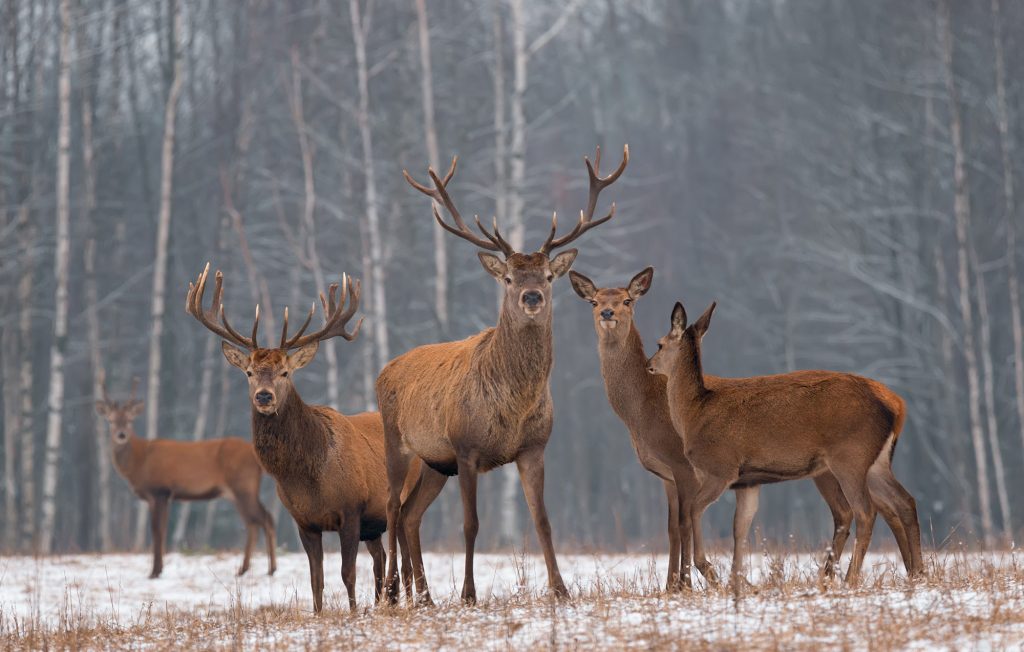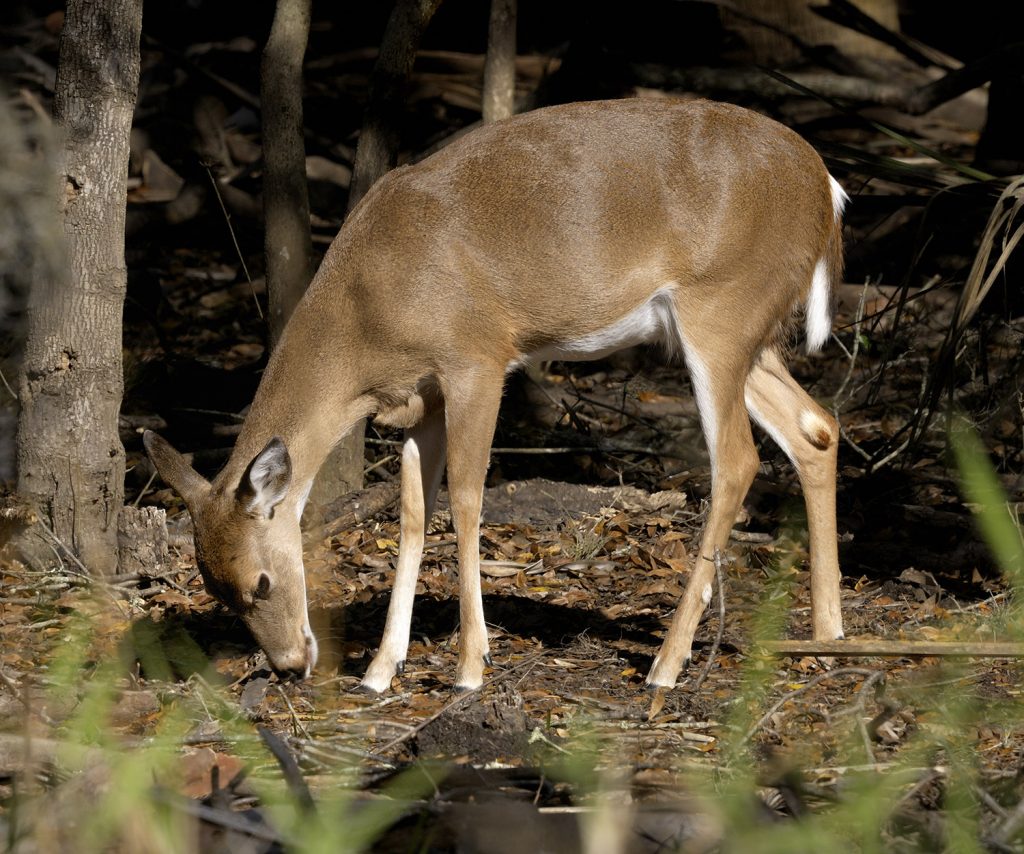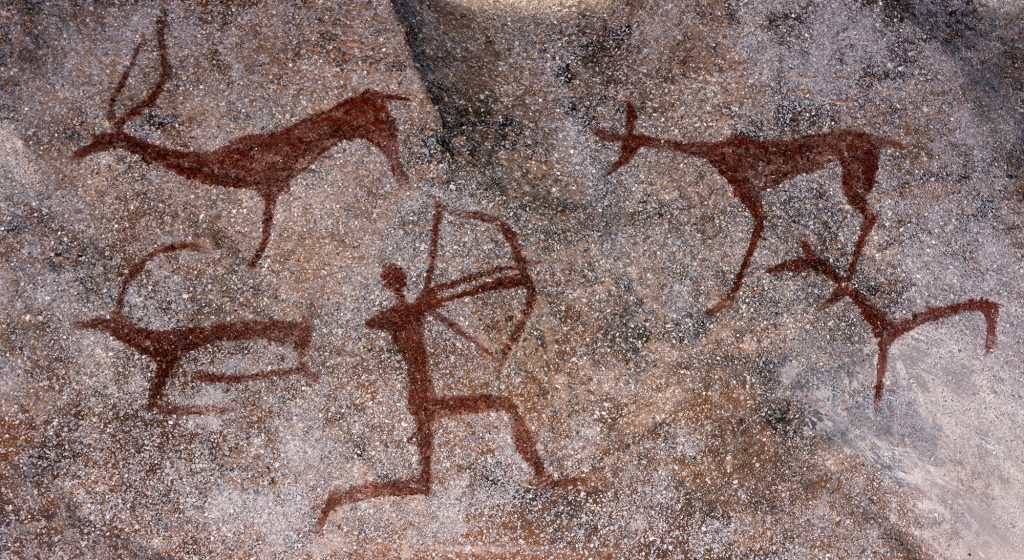
Feeding Strategies Acquiring Nutrients & Energy


Feeding Strategies Objectives
-
Describe different feeding strategies and the structures animals possess to make these strategies possible.
-
Explain what an herbivore is, including types of herbivory, feeding structures used, and reliance on producers.
-
Provide characteristics of deer including taxonomic classification, functional classification, and feeding structures.
Animals utilize a variety of feeding strategies to obtain sufficient energy and nutrients.
We’ll start with a review of general functional groups, including fixing a few errors.
Now, we’ll relate the different functional groups to vertebrate jaws.
Compare the jaws and teeth of these three dinosaur replicas. Which dinosaur was an herbivore?
Herbivores

Herbivory is consumption of producers, typically plants or algae. There are many specific types of herbivores, including:
-
Grazers: Eat a variety of plant leaves, like grasses, that are close to the ground
-
Browsers: Eat a variety of plant parts, including leaves, branches, and fruits
-
Algivores: eat algae
The majority of large terrestrial herbivores are ungulates.
Match these tracks to the correct ungulate.

Zebra
Giraffe (and Mark)
In these videos from a safari park, try to identify different families of ungulates.
Many ungulates have antlers or horns. Find out the difference in this video.
Does this elk have antlers or horns?
Elephants are herbivores classified in Order Proboscidea.
Most of the proboscids, including mammoths and mastodons are extinct.
Guinea pigs are rodent herbivore grazers.
Similar to other herbivores, guinea pigs spend much of their waking hours eating enough plant material to maintain their metabolism.
Let’s take a closer look at a group of herbivorous ungulates: the deer.

Species in the mammalian Family Cervidae are all called “deer,” and include over 40 species of deer, elk, reindeer (caribou), and moose.
All deer species spend most of their waking hours eating. Plant leaves are generally low in nutrients, and grazers need to eat a large bulk of plant material each day. Even deer species, that are primarily browsers (eating leaves and other plant parts), need to eat continually.
Deer species vary dramatically in size and are found in a variety of habitats.
Most species share these characteristics:

Antlers
Male deer grow and shed new antlers each year.

Body Form
Most deer species have long, powerful legs, large ears, and a small tail.

Red to Brown Color
Most deer species are red to brown in color, many have different colors and patterns in early development.

Deer have wide, ridged, molar teeth that grind plant material.
From the video above, what are two other species with similar diets and similar teeth?
Some of the earliest cave paintings are of deer species.
From your own experiences, how have humans been impacted by deer?

Herbivores like guinea pigs or deer are often seen as “defenseless” prey. The next section explores some of the ways animals defend themselves.

Check your knowledge. Can you:
-
describe different feeding strategies and the structures animals possess to make these strategies possible?
-
explain what an herbivore is, including types of herbivory, feeding structures used, and reliance on producers?
-
provide characteristics of deer including taxonomic classification, functional classification, and feeding structures?



